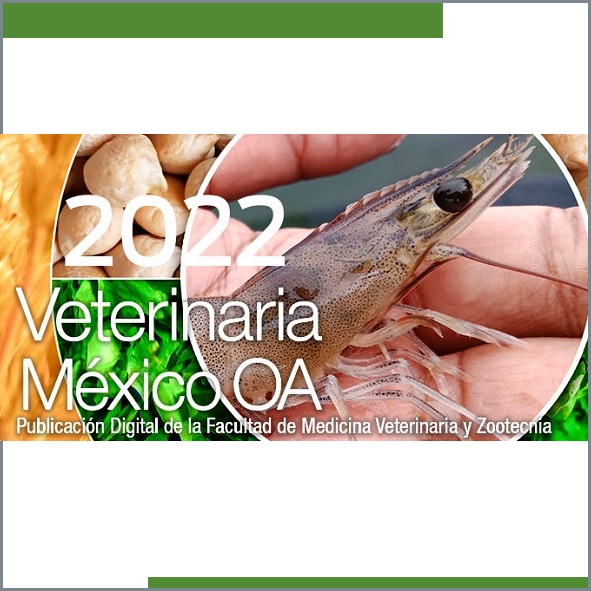Sugars and °Brix in honey from Apis mellifera, Melipona beecheii, and commercial honey from a local market in Mexico
Main Article Content
Abstract
Fructose and glucose are the main sugars in honey, and their concentration is expected to correspond to the specifications of official standards. The study compared the composition of sugars and ºBrix in honey from Apis mellifera and Melipona beecheii bees, and a product marketed as bee honey in a local market. The sugar content was determined by highperformance liquid chromatography (HPLC) with a refractive index detector, and °Brix was determined using a refractometer. None of the honey analyzed had detectable levels of sucrose. The average concentration of fructose and glucose in honey was 36.4 and 28.9 g 100 g-1 for Apis mellifera, and 38.5 and 28.2 g 100 g-1 for honey from Melipona beecheii. For honey from the local market, the respective concentrations of these sugars were 7.5 and 17.0 g 100 g-1. The fructose:glucose ratio (F:G) was higher than one in Apis mellifera and Melipona beecheii honey, and 0.4 for honey from the local market. The three types of honey compared had similar values for °Brix. It is concluded that the honey under study by Apis mellifera and Melipona beecheii have similar qualities within international standards. In contrast, the product marketed as bee honey in the local market did not meet official regulations specifications and could not be considered authentic.
Article Details
License

Veterinaria México OA by Facultad de Medicina Veterinaria y Zootecnia - Universidad Nacional Autónoma de México is licensed under a Creative Commons Attribution 4.0 International Licence.
Based on a work at http://www.revistas.unam.mx
- All articles in Veterinaria México OA re published under the Creative Commons Attribution 4.0 Unported (CC-BY 4.0). With this license, authors retain copyright but allow any user to share, copy, distribute, transmit, adapt and make commercial use of the work, without needing to provide additional permission as long as appropriate attribution is made to the original author or source.
- By using this license, all Veterinaria México OAarticles meet or exceed all funder and institutional requirements for being considered Open Access.
- Authors cannot use copyrighted material within their article unless that material has also been made available under a similarly liberal license.



